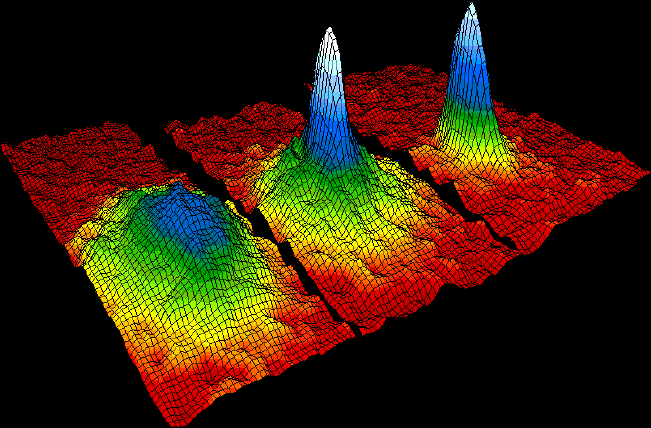The idea behind their experiment was to create a strange state of matter called a Bose-Einstein condensate (BEC) and to test its behavior during free fall. First created in 1995 at the University of Colorado at Boulder, a BEC is an extremely cold collection of atoms that magnifies the strange world of subatomic physics. How? When certain gases are cooled to near absolute zero, some of the atoms in the gas are able to occupy the same quantum state. They coalesce to form a visible super-atom, allowing scientists to observe quantum fluctuations on a macroscopic scale - in this case, during 4.7 seconds of free fall. According to Einstein's Equivalence Principle, the conditions experienced during free fall are identical to those felt in an environment without gravity. Experiments such as the one conducted by the Hanover team may shed light on whether quantum mechanical systems obey the same rule. If they do not, it could indicate new hope for the marriage of quantum mechanics and gravity.

A Bose-Einstein condensate created from rubidium atoms. The three diagrams show material gradually condensing in the blue and white regions. Image courtesy of NIST.
180 drops later, the experiment concluded without a hitch. The team next plans to split the BEC and repeat the experiment, sending each half along a different trajectory. Any differences in the motion of the two halves during free-fall would indicate an exception to the Equivalence Principle at the subatomic level and might help to spawn a new theory of quantum gravity.
No comments:
Post a Comment